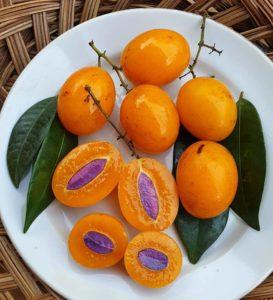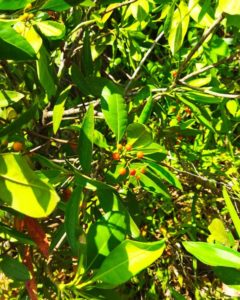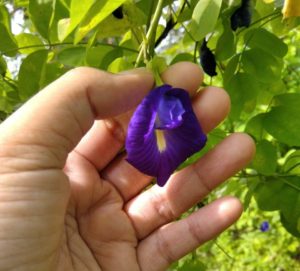Authors
- Sarah Zaidan, from Faculty of Pharmacy, Universitas Nasional, South Jakarta, 12640, Indonesia
- Syamsudin Abdillah, from from Faculty of Pharmacy and Postgraduate Program, Universitas Nasional, South Jakarta, 12640, Indonesia
- Diah Kartika Pratami, from Faculty of Pharmacy, Universitas Nasional, South Jakarta, 12640, Indonesia and National Metabolomics Collaborative Research Center, Fakulty of Pharmacy, Universitas Indonesia, Depok, 16424
- Syifa Aulia Utami, from Faculty of Pharmacy, Universitas Nasional, South Jakarta, 12640, Indonesia
Abstract
Objective: This research aimed to formulate the nanoparticles of brown seaweed (Sargassum polycystum) and determine its antioxidant activity in rats on high-fat diets (HFD) with the parameters of superoxide dismutase (SOD), catalase, and malondialdehyde (MDA).
Methods: The nanoparticles of brown seaweed extract (NBSE) were formulated with chitosan and tripolyphosphate polymers using the ionic gelation method. The NBSE was evaluated for its particle size and potential zeta. Twenty-four male Wistar rats were divided into six groups of four rats each. One group of normal control groups was given a standard diet as a baseline. Rats were induced with a high-fat diet for 35 d. The HFD rats were divided into five equal subgroups of four animals each: an untreated group as a negative control; a group treated with vitamin E as a positive control, and three NBSE treatment groups that had oral administration of 50, 100, or 200 mg/kg BW, respectively, for 14 d. On days 0, 14, 35, and 49, blood samples were taken to determine antioxidant activity against antioxidant parameters such as MDA, SOD, and catalase.
Results: The NBSE has a particle size of 891.2±44.3 d. nm, a polydispersity index of 0.3820.03, and a zeta potential value of 11.7±0.2 mV with a positive charge. The oral administration of NBSE prevented oxidative stress on HFD rats by increasing SOD and catalase, with the highest inhibition percentage SOD parameters were 196.71% and catalase parameters were 218.73%. Formation of MDA was prevented by all doses with the highest inhibition percentage MDA parameters were 57.90%.
Conclusion: The NBSE has antioxidant activity and could prevent oxidative stress in HFD rats.
Keywords: Brown seaweed (S. polycystum), Antioxidants activity, Nanoparticles
You can find this article at:
https://journals.innovareacademics.in/index.php/ijap/article/view/44677/26698
How to cite:
ZAIDAN, S., ABDILLAH, S., PRATAMI, D. K., & UTAMI, S. A. (2022). NANOPARTICLES OF BROWN SEAWEED (SARGASSUM POLYCYSTUM) EXTRACT AND ITS ANTIOXIDANT ACTIVITY IN RATS FED HIGH-FAT DIET. Int J App Pharm, 14(4), 186-191.



